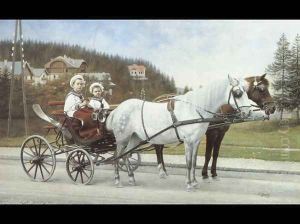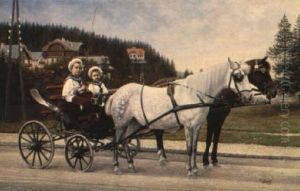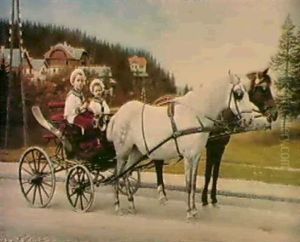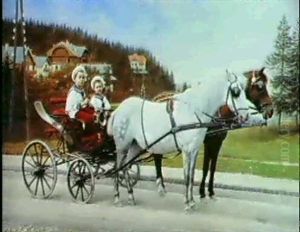Karl Buchta Paintings
Karl Buchta was an Austrian painter and graphic artist known for his contributions to modern art in the 20th century. Born on December 26, 1906, in Vienna, Austria, he grew up in a period that was rich in artistic innovation and cultural change. As a young artist, he was influenced by the developments in Austrian and German art, particularly by the Expressionist movement, which was prominent in the early decades of the 20th century.
Buchta's early career was shaped by his education at the Academy of Fine Arts Vienna, where he studied under renowned professors such as Karl Sterrer and Rudolf Jettmar. His artistic style evolved over the years, and he experimented with various techniques and mediums, including oil painting, watercolor, and printmaking. His work often reflected a keen interest in the human form, social issues, and the exploration of psychological depth in his subjects.
During World War II, the political and social upheaval affected Buchta's life and work, as it did for many artists of the time. In the post-war years, he continued to develop his artistic language, and his work began to gain more recognition. Buchta's style was characterized by a combination of realistic representation with a certain level of abstraction, allowing him to convey complex emotional states and narratives through his art.
Despite facing the challenges of the post-war art market and the shifting trends in the art world, Buchta remained dedicated to his craft. Throughout his career, he participated in numerous exhibitions and his work was collected by several institutions. Karl Buchta passed away on October 22, 1997, in his hometown of Vienna, leaving behind a body of work that continues to be studied and appreciated by art historians and enthusiasts.



